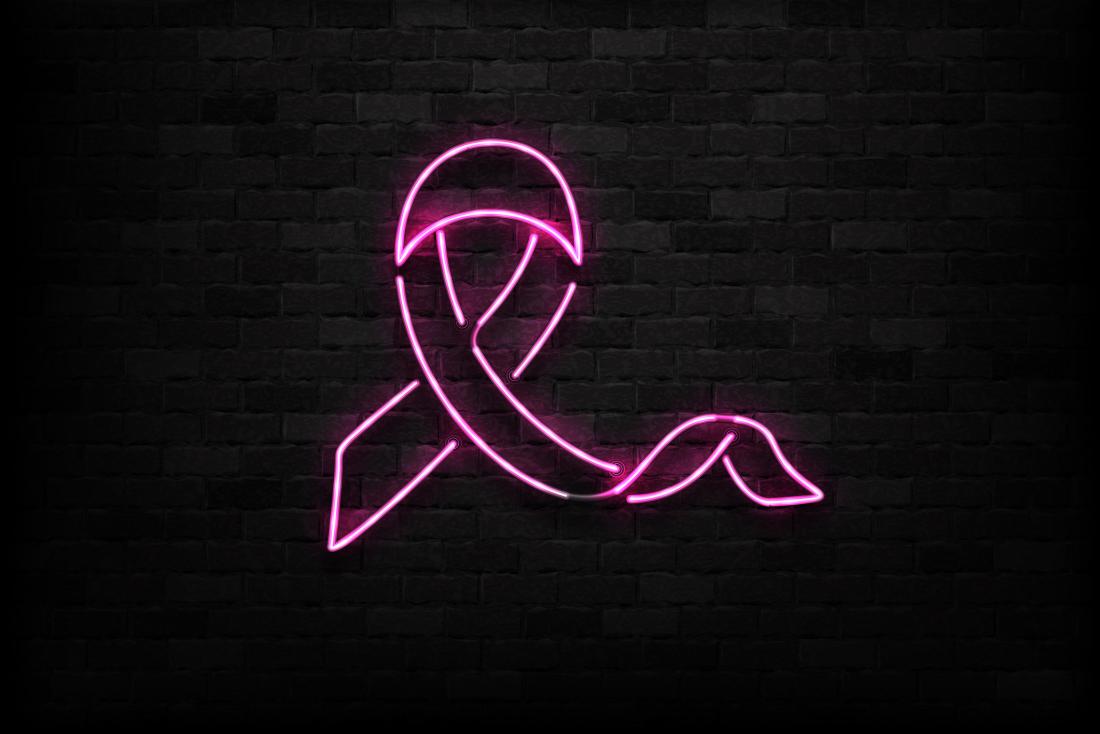Using light to destroy metastatic breast cancer

Dr. Nalinikanth Kotagiri of the Cincinnati Cancer Center in Ohio has just received the Department of Defense Breast Cancer Breakthrough Award to study the use of light to target cancer cells in late-stage breast cancer. The researcher explains the benefits of light therapy for metastatic breast cancer.
Due to modern advances in medicine and the spread of public awareness campaigns, the outlook for people who develop breast cancer is currently very promising.
According to the American Cancer Society (ACS), the 5-year survival rate for people with stage 0 or stage I breast cancer is almost 100 percent, and for those with stage II breast cancer, it is approximately 93 percent.
However, the outlook is less favorable for people with breast cancer whose tumors have spread to other parts of the body. Specifically, the ACS estimate that the 5-year survival rate for people who have metastatic breast cancer is about 22 percent.
The three main ways of tackling cancer are surgery, radiation, and chemotherapy. However, the side effects of these therapies are significant, and when the tumors have spread, the risk of toxicity is even higher.
For these reasons, scientists have been hard at work devising novel, non-toxic therapies. One such form of treatment uses light to activate cancer-fighting drugs.
Dr. Nalinikanth Kotagiri, assistant professor in the James L. Winkle College of Pharmacy and a cluster hire for the Cincinnati Cancer Center in Ohio, set out to investigate ways in which light could be used to activate photosensitive drugs that could kill off cancer cells, leaving healthy cells intact.
Dr. Kotagiri has just received the Department of Defense Breast Cancer Breakthrough Award, which offers more than $600,000 for 3 years of research.
Why we need light-based cancer therapies
The researcher explains the need for alternative breast cancer therapies, especially when cancer has spread to the bone marrow.
"Metastatic breast cancer can be a devastating diagnosis with high rates of relapse and death, and there are currently no effective therapies," he says. "Despite newer treatments, many patients still succumb to the disease."
"Major limitations include acquired resistance to therapies and serious side effects from treatment," Dr. Kotagiri continues. "Due to the widespread location of breast cancer cells, particularly in the bone marrow, which harbors the tumor cells as well as vital stem cells, the risk of toxicity is even higher with conventional therapies."
